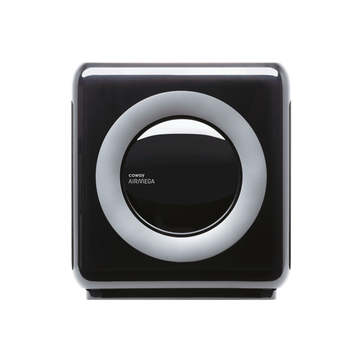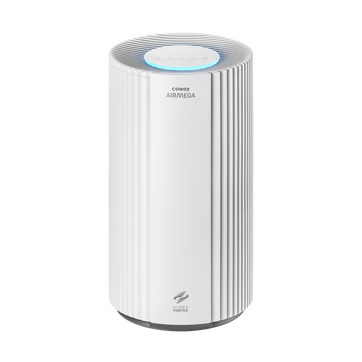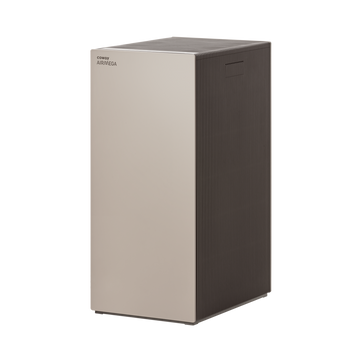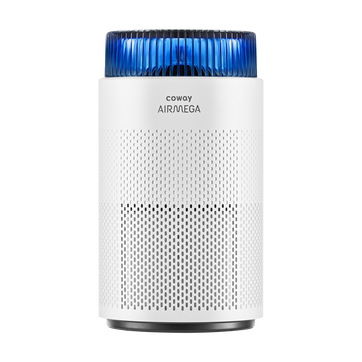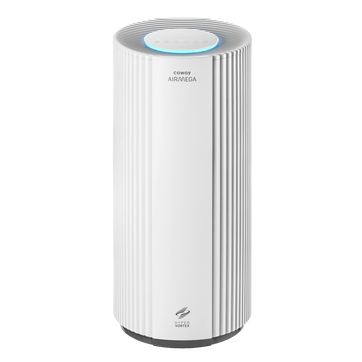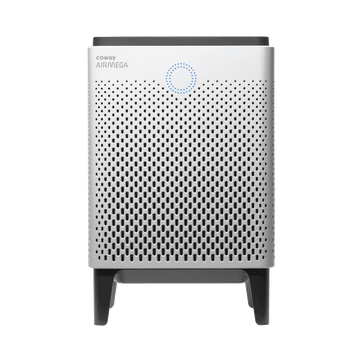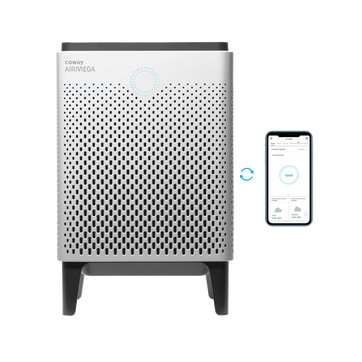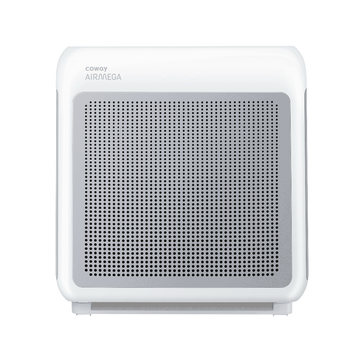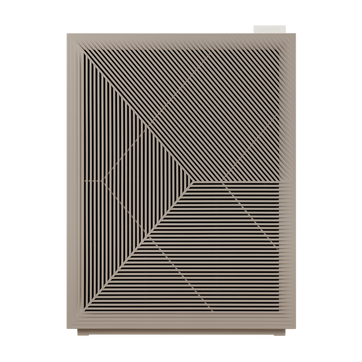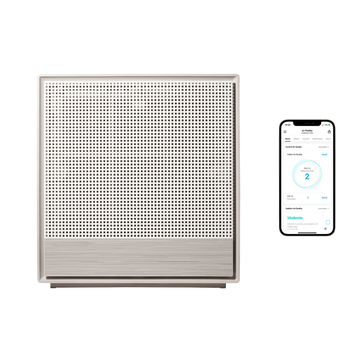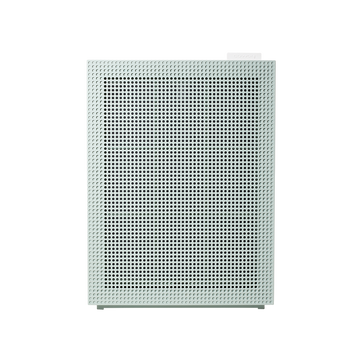
Protect your water from unforeseen events
As 2019 gathers momentum, the Flint, Michigan water crisis fades further into the rearview mirror. Soon it will be five years since Flint residents discovered high levels of lead in their drinking water. As time marches on, it’s tempting to breathe a sigh of relief and believe that events like Flint are behind us for good. But is that so?
In the words of Maura Allaire, a water economist at the University of California, Irvine, “The U.S. has really safe water.” Yet vulnerabilities in the American public water supply continue to exist. In 2015, motivated by the problems Allaire witnessed in Flint, she led a study that examined water quality violations over a 34 year period, 1982–2015, across the United States. She learned that while the Flint water crisis was unfolding, approximately six percent of U.S. residents were drinking water that “violated health standards.” The study found that low-income, rural communities run the highest risk of contaminated water—and these stories often do not make the headlines.
At the end of 2018, however, an important story about drinking water did make headlines in the Louisville, Kentucky region. On Christmas night, a barge crashed into a bridge while carrying tons of coal down the Ohio River. Much of the coal came loose and sank to the bottom. Both lead and mercury are present in coal, and local residents immediately expressed concern for their drinking water.
Thankfully, thus far, the water seems to have been spared from grave contamination. Louisville, the population center, is located upstream from the sunken coal. For downstream communities, officials point to the river’s high water levels and swift current as reasons why people should not worry. Nonetheless, it’s easy to imagine how things could have turned out differently.
The Flint disaster and the Ohio River barge crash are both examples of how drinking water is susceptible to unforeseen events. In order to provide an exceptional level of protection for your family, consider the Coway Aquamega water purifier. The triple-filtering system connects to the kitchen tap, and reduces common water contaminants, including lead, by over 99 percent. In return, you can enjoy fresh, clean water every day.
Disclaimers
1Coway air purifiers have been proven to trap dust, pollen, dander, viruses and bacteria in the air based on KCL (Korea Conformity Laboratories) testing.They have been tested in a 30㎥ size chamber according to the Korea Air Cleaning Association standard (SPS-KACA 002-132:2022 Modified) to measure the 0.01㎛ size of particle removal rate. It was tested on maximum airflow speed in normal room temperature and humidity conditions. The performance may vary in the actual living environment of customers.
→ Tested with Airmega Aim, 50, 100, 150, 160, Tower AP-1216L, Mighty AP-1512HH, MightyS AP-1512HHS, 200M, Icon, IconS, 230, 240, 250, 250 Art, 250S, 300, 300S, 350, 400, 400S, 450, ProX
299.97% of viruses, bacteria, fungi and pollen were verified to be removed from the air for Coway air purifiers which have Green True HEPA™ filter applied based on the Japan Food Research Laboratories(JFRL) testing according to JEM 1467 standard.
→ Tested with Coway Airmega Mighty AP-1512HH, MightyS AP-1512HHS, 250, 250 Art, 250S, 300, 300S, 400, 400S
→ All tested by JFRL and received above result within below time.
4The concentration of ammonia, acetaldehyde and acetic acid were proven to be removed within 30 minutes by FCG Research Institute, Inc. Human Life Science Lab. It is not a demonstration result in the actual use space. Not all odors and gases may be supported. → Tested with Coway Airmega 150, 160, Mighty AP-1512HH, MightyS AP-1512HHS, 400, 400S
5The coverage area of the air purifier is based on an area where the air cleaner can make two air changes per hour (ACPH). An air change per hour translates to how many times an air purifier can clean an area, assuming the height of a ceiling to be 8 ft, in one hour. Therefore ** means two air changes per hour means that the cleaner can clean the area once every 30 minutes and * means air changes per hour means that the air purifier can clean the area once every 60 minutes.
10Terms and conditions apply. Discounts, including promotions, coupons, bundle discount and subscription discount, cannot be stacked on top of other coupons. During promotional periods, discount codes will not be able to be applied to orders. Promo codes may apply to products only—filters, accessories, and new products within 3 months of the release date are not included.
11Based on Coway R&D internal laboratory testing, activated carbon filtration was shown to remove up to 95% of ammonia odors within 40 minutes, and up to 99% of fecal odors within 20 minutes. Actual performance may vary depending on usage conditions.

